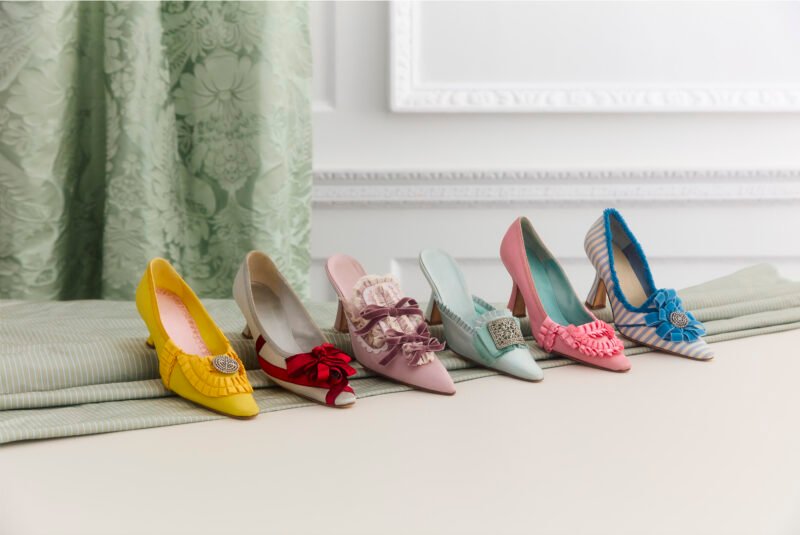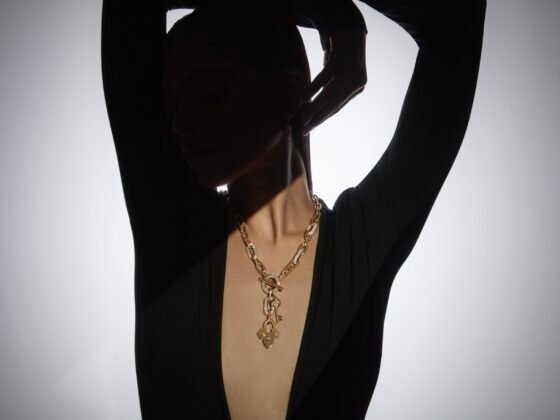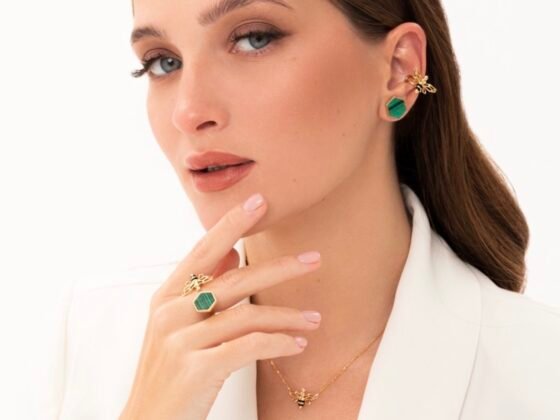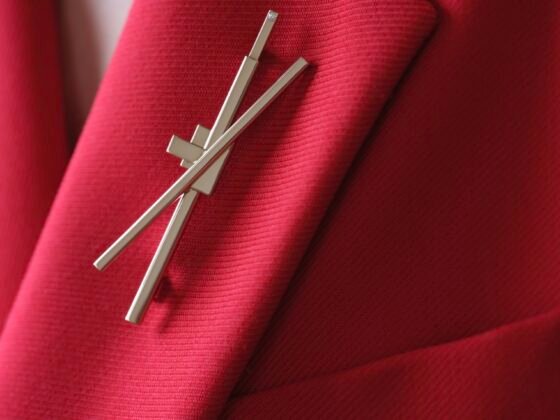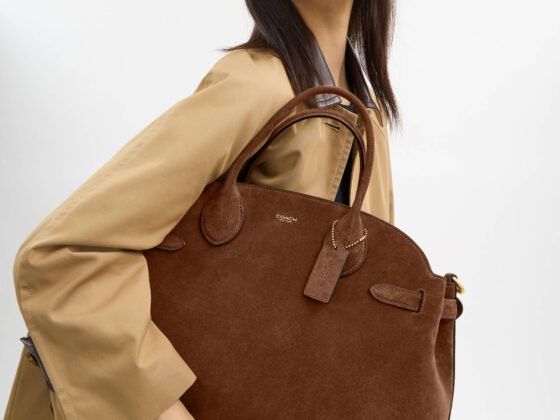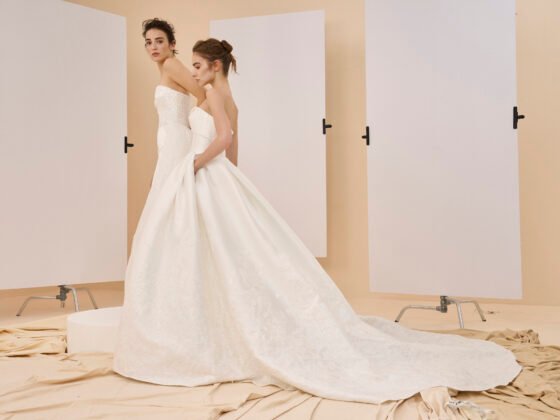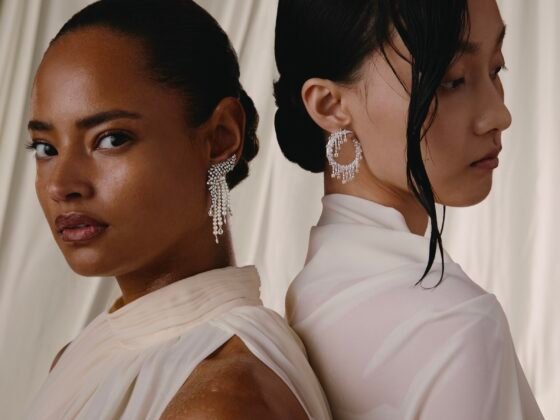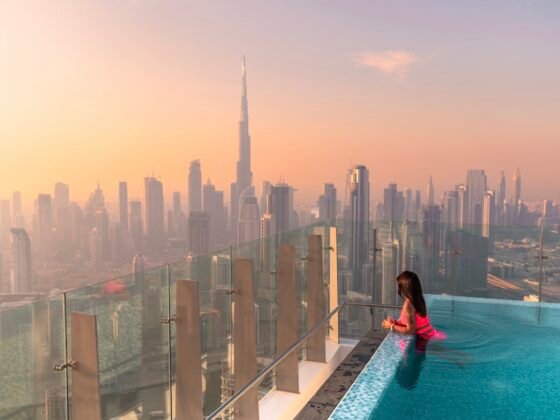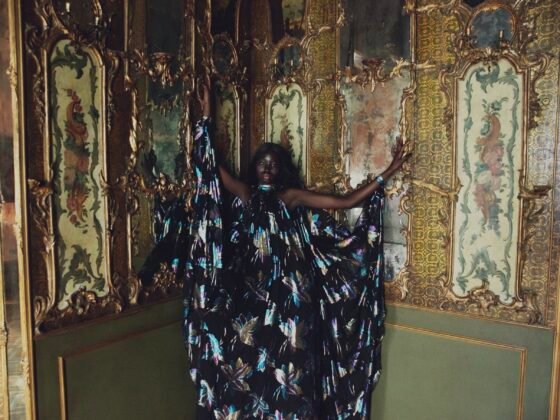There is something intoxicating about the world of Marie Antoinette—its silken whispers of decadence, the powdered drama of Versailles, the unapologetic grandeur that defined a queen who still lingers as fashion’s most enduring muse. This autumn, her spirit is reborn, not in gilded salons but through the visionary lens of Manolo Blahnik, whose latest concept transforms the icon of excess into a thoroughly modern dream.
Imagine pastel satins that blush like macaron towers at Ladurée, corsetry re-sketched in lines both delicate and daring, and bows so oversized they border on sculpture. Tulle cascades in frothy abundance, tempered by the razor-sharp refinement of Blahnik’s signature silhouettes. Every shoe becomes a fantasy—half historical homage, half contemporary art—inviting us to step not into the past but into a Versailles that exists only in imagination.
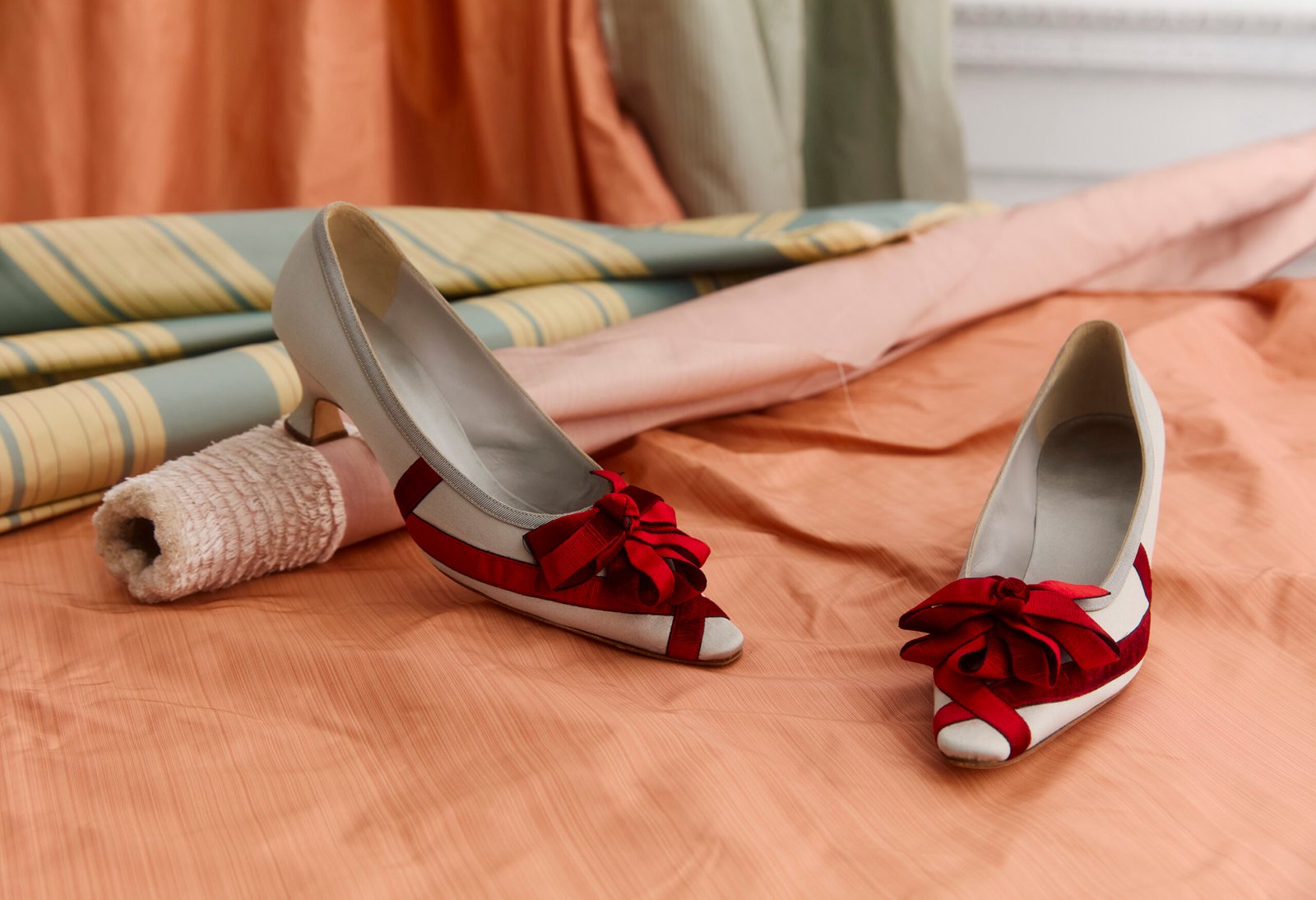
The timing of this fantasy could not be more cinematic. On September 20, the Victoria and Albert Museum in London opens Marie Antoinette Style, a landmark exhibition that brings together over 250 artifacts of the queen’s life and legend. For the first time outside Versailles, visitors will encounter her silk slippers, glittering jewels, and even the final letter she wrote before her death—objects that oscillate between the fragile and the eternal.
Blahnik’s contribution ensures that the exhibition does more than archive history; it ignites a dialogue between centuries. Here is a designer who has always understood that fashion is theatre, that a shoe can be as powerful as a crown, and that the act of adornment is itself a kind of rebellion. His Marie Antoinette is not a relic of doomed luxury but a symbol of beauty’s enduring audacity.
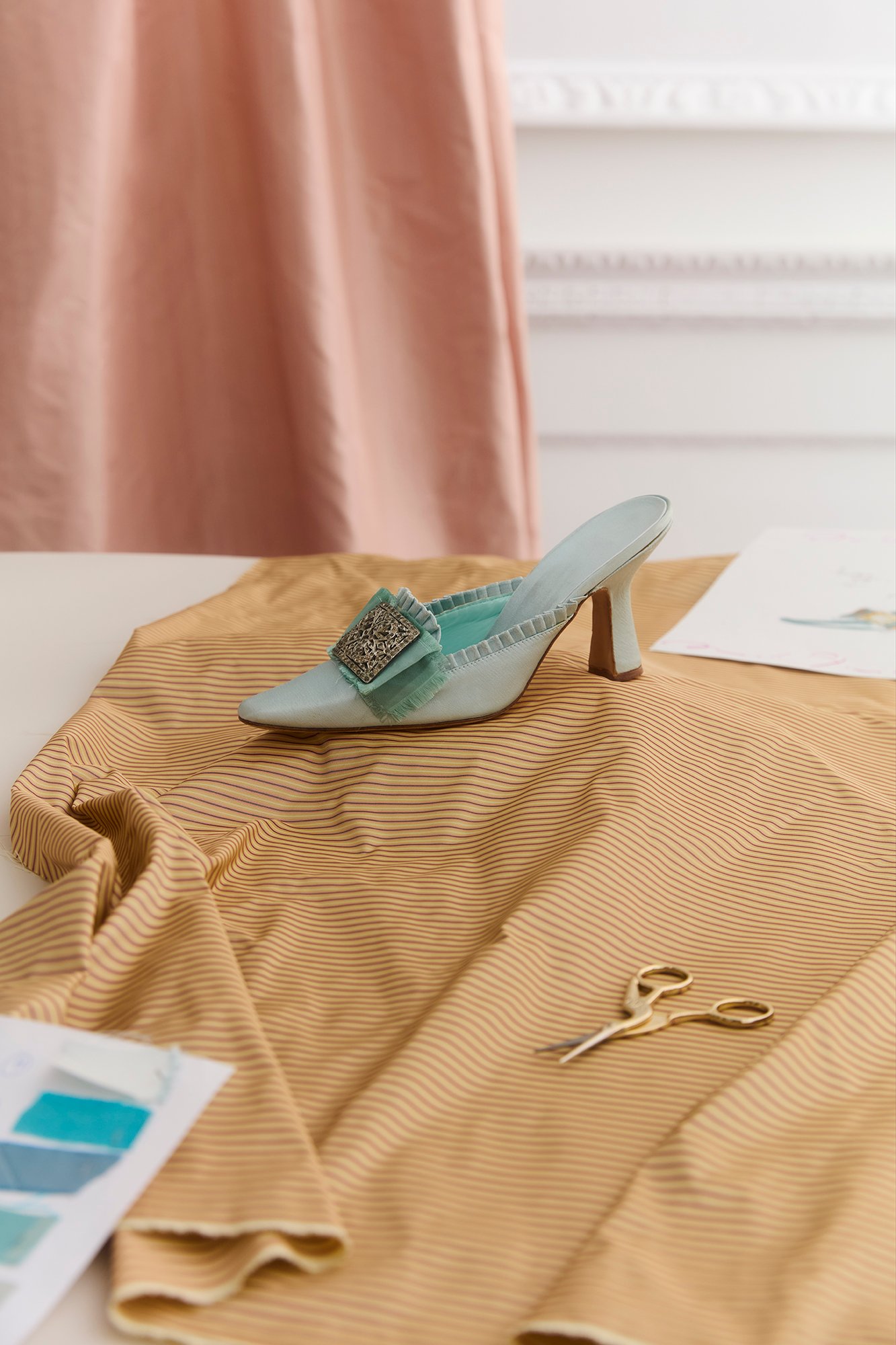
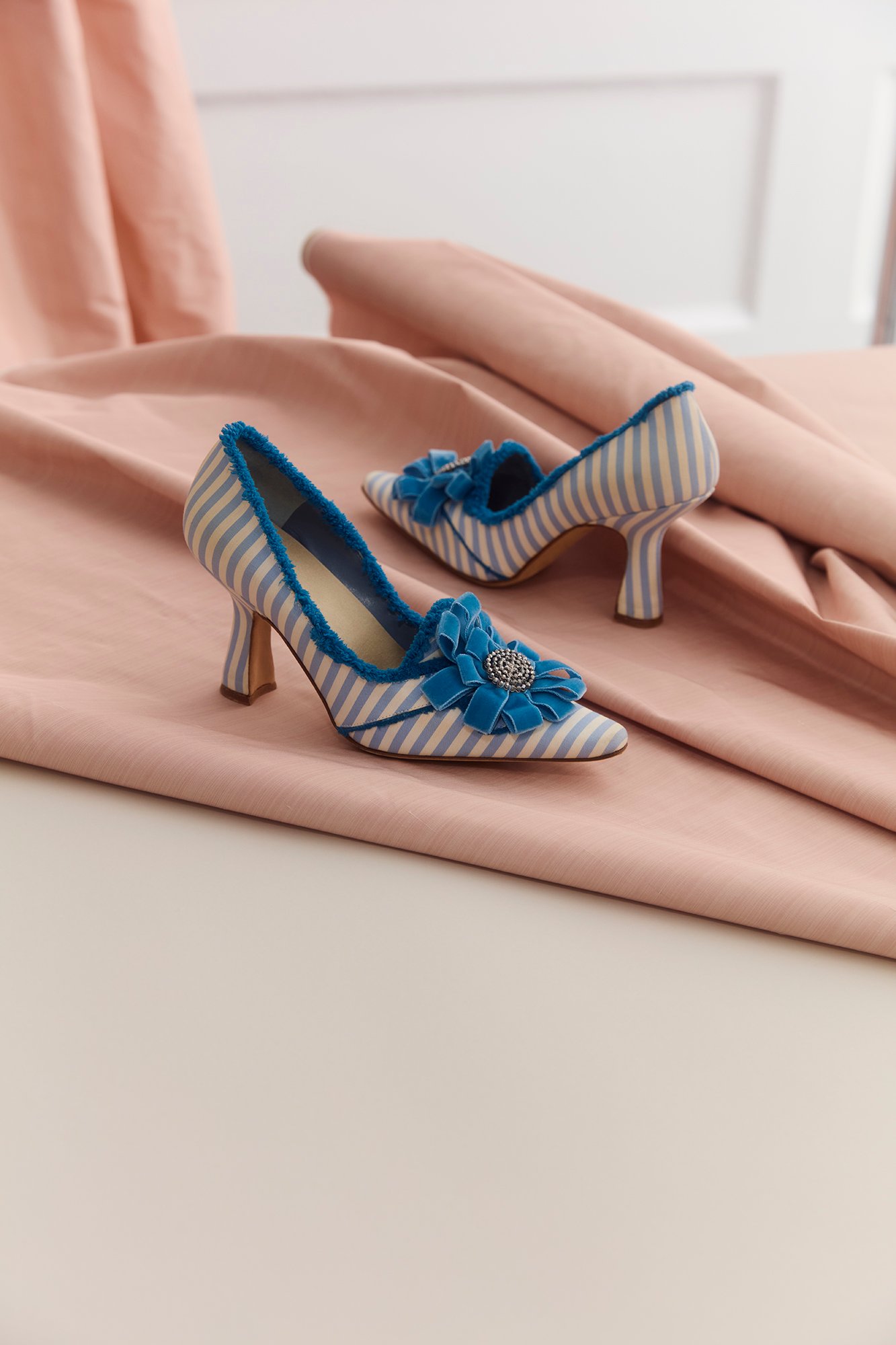

The cultural resonance is undeniable. In an era where minimalism reigns, Blahnik’s Versailles collection dares us to embrace drama, to indulge in fantasy, to reimagine opulence not as frivolity but as freedom. It is a reminder that fashion, at its most transcendent, is not about utility but about dreams—dreams spun from ribbons, pearls, and silk, stitched into objects that blur the line between costume and couture.
This autumn, as London prepares to be swept into the glow of Marie Antoinette’s gilded legacy, Manolo Blahnik hands us the key to Versailles—not a palace, but a state of mind.
Blahnik’s reinterpretation also taps into the zeitgeist of cultural nostalgia reimagined through a maximalist lens. Just as Bridgerton revived Regency grandeur for a streaming generation, this collection recasts Marie Antoinette as a contemporary fashion heroine—playful, bold, and irresistibly modern. Her image is less about history books and more about TikTok fantasies of velvet corridors, candlelit opulence, and Versailles re-enacted as a runway. In that sense, the designer transforms her legend into something not frozen in time, but continuously alive, adapting to each generation’s appetite for beauty.
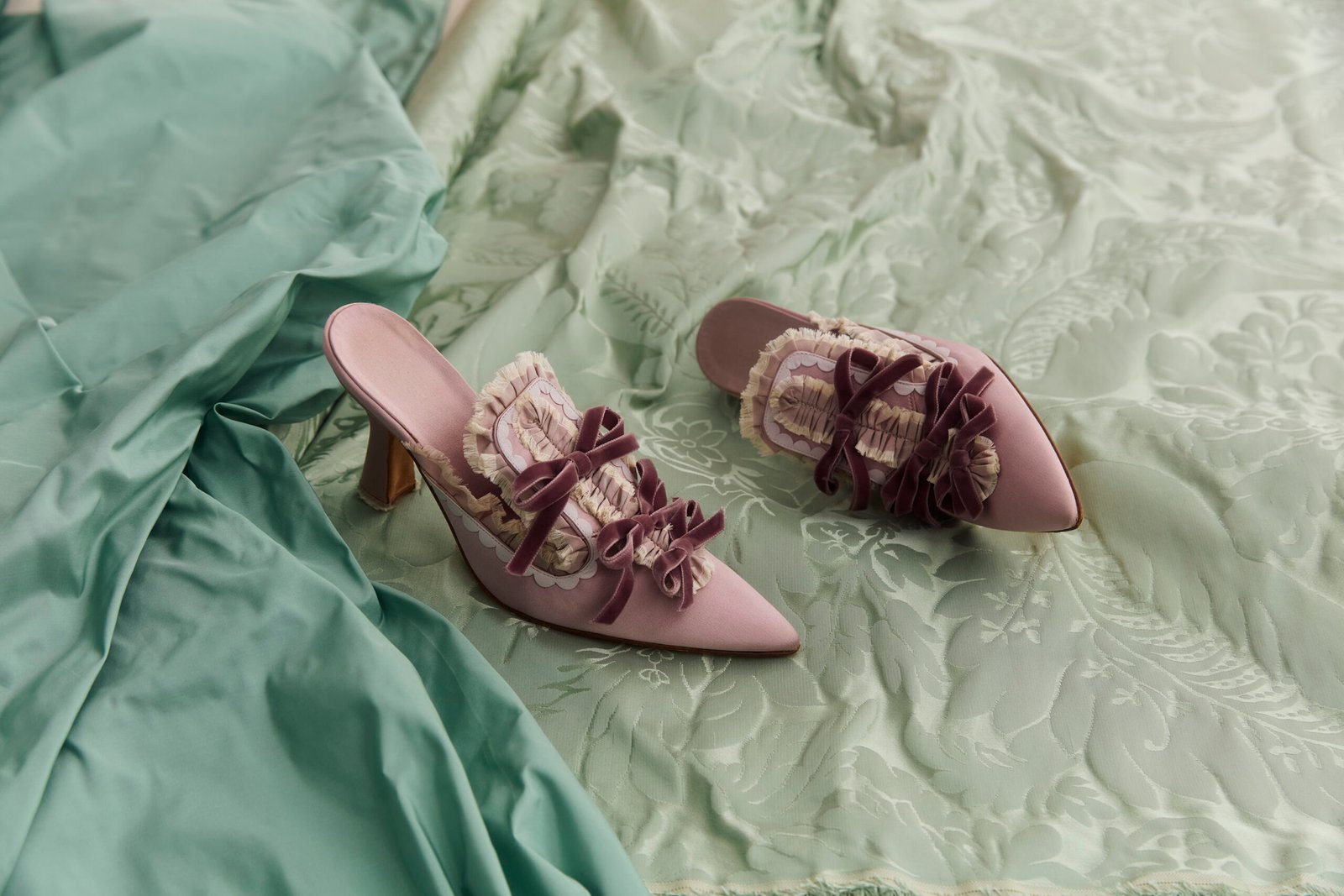
There is also a quietly subversive undertone to this revival. Marie Antoinette’s aesthetic, once derided as excessive and frivolous, becomes through Blahnik’s eye an emblem of empowerment. To dress boldly, to embrace colour, to indulge in the fantastical is not merely escapism—it is resistance against austerity and restraint. In celebrating the queen of Versailles at the V&A, and through Manolo’s extravagant shoes, we are invited to reclaim the art of adornment as a radical act of joy, one that belongs as much to 2025 as it did to the gilded halls of 18th-century France.

